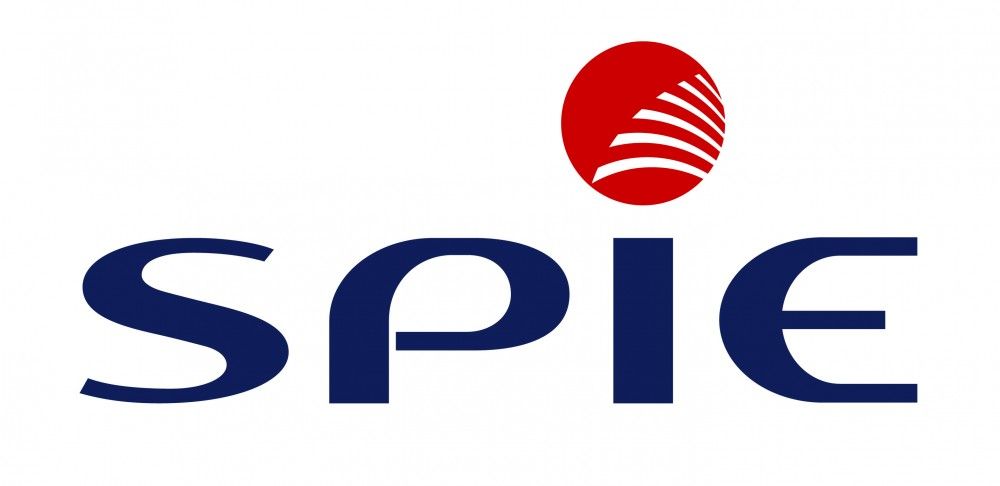Cursusbeschrijving
This course equips students with the skills they require to configure and deploy a cloud using Microsoft System Center 2012 R2. Using hands-on labs, students learn the following:
- Produce a high-level design that accounts for requirements for cloud environments.
- Configure and deploy the cloud fabric.
- Configure a PXE server, an update server, and a software update baseline.
- Configure Microsoft Server Application Virtualization (App-V) so that it can be used to sequence and deploy an application virtually.
- Build the core components necessary for delivering services on the fabric.
- Allocate resources to a cloud and grant access to a cloud
- Understand how to monitor clouds using Operations Manager.
- Understand the tools necessary to extend and customize Operations Manager for cloud environments.
- Set up, configure, and integrate the core components of Service Manager into a cloud fabric.
- Configure a service catalog, and then publish it to the Self-Service Portal.
- Gain the knowledge necessary to deploy and configure Data Protection Manager in a cloud.
- Deploy and configure Orchestrator in a cloud, and then integrate it with other System Center components.
{tab Doelgroep}
This course is intended for cloud administrators who will be responsible for designing, installing and configuring a cloud infrastructure. The secondary audience includes datacenter administrators who are responsible for designing, installing and configuring the infrastructure for an on premise, Microsoft Private Cloud. In addition, the secondary audience includes people who need to learn the required material in order to take the Microsoft exam 70-247: Configuring and Deploying a Cloud with Microsoft System Center.
{tab Voorkennis}
- Windows Server 2012 R2 operating system.
- Active Directory Domain Services (AD DS).
- Working knowledge of previous versions of System Center products.
- Microsoft SharePoint.
- Windows Server 2012 R2 Hyper-V.
- Microsoft Windows Azure.
- Microsoft Windows Azure Pack.
- Networking and storage experience.
- Familiarity with cloud management processes.
- Previous work with IT Infrastructure Library (ITIL).
- Previous work with Microsoft Operations Framework (MOF).
{tab Certificering} Deze cursus bereidt u voor op het examen 70-247 {tab Overige informatie}
This course will be delivered with digital courseware. In order to have the best learning experience you are asked to bring your own second screen to view the courseware. A second screen includes: tablets and laptops.
{/tabs} {slider Cursusinhoud|closed}Module 1: Planning for the Cloud
- Understanding Cloud Models
- Benefits of Deploying a Private Cloud
- Designing a Private Cloud Infrastructure
- Overview of Windows Server 2012 R2 Hyper-V
- Overview of System Center 2012 R2 components
- Deploying Hyper-V Clustering with VMM
- Lab : Preparing the Private Cloud Infrastructure
- Deploying the Virtual Machine Manager Agent
- Creating a Hyper-V Host Cluster Using VMM
Module 2: Configuring and Deploying the Private Cloud with Microsoft System Center 2012 R2 Virtual Machine Manager
- Overview of VMM Architecture and Components
- Configuring Advanced Networking in VMM
- Installing and Upgrading VMM
- Configuring VMM Security and Roles
- Understanding Host Groups
- Lab : Configuring and Deploying the Private Cloud Infrastructure
- Reviewing and Configuring Hosts
- Configuring Host Groups
- Configuring User Roles and Run As Accounts
- Configuring the Library
- Preparing the Private Cloud Infrastructure
- Deploying a New Virtual Machine
Module 3: Extending and Maintaining the Cloud Infrastructure
- Overview of the PXE and Update Server Roles
- Deploying Bare-Metal Hyper-V Host Servers
- Configuring the Update Server Role
- Creating and Using an Update Baseline
- Lab : Maintaining the Cloud Infrastructure
- Configuring a PXE Server in VMM
- Configuring a Host Profile
- Configuring an Update Server Role in VMM
- Configuring a Software Update Baseline in VMM
Module 4: Configuring Application Delivery
- Dynamic Application Deployment Overview
- Web Deployment Packages
- Server Application Virtualization Overview
- Configuring Server App-V Components
- Sequencing and Deploying Virtual Applications
- Lab : Configuring Virtual Application Delivery
- Configuring the Server App-V Sequencer
- Configuring the Server App-V Agent
- Sequencing an application
- Testing the Server App-V package deployment
Module 5: Creating the Private Cloud Building Blocks
- Configuring Templates and Profiles
- Configuring Networks and Sites
- Configuring Service Provider Foundation
- Configuring User Roles
- Lab : Creating the Private Cloud building blocks
- Configuring Virtual Machine Profiles
- Configuring Virtual Machine Templates
- Installing and Configuring the Service Provider Foundation
- Configuring User Roles
Module 6: Deploying and Configuring Access to a Private Cloud
- Understanding Private Cloud Resources
- Installing and Configuring App Controller
- Creating and Managing Service Templates
- Lab : Deploying and configuring access to a Hybrid Cloud
- Creating and configuring a Private Cloud
- Configuring App Controller
- Creating, deploying and managing Services
Module 7: Monitoring a Cloud infrastructure
- Operations Manager Architecture and Security
- Operations Manager Installation Considerations
- Configuring Roles and Notifications
- Configuring Management Packs
- Configuring Integration with System Center 2012 R2
- Lab : Monitoring the Cloud infrastructure
- Deploying Agents
- Deploying and configuring Management Packs
- Configuring Roles and Notifications
- Configuring VMM integration
- Configuring DPM integration
Module 8: Extending and Customizing Monitoring of the Cloud Infrastructure
- Configuring System Center Advisor
- Configuring the SharePoint Server Portal
- Monitoring Templates
- Distributed Application Monitoring
- Lab : Extending and Customizing Monitoring
- Configuring custom monitoring
- Configuring a Distributed Application Diagram
- Configuring Service Level Management
- Creating views for Cloud infrastructure
- Configuring SharePoint integration
Module 9: Implementing Service Management for the Cloud
- Service Manager Architecture Overview
- Upgrading to System Center 2012 R2 Service Manager
- Understanding Service Manager Work Items
- Configuring Service Manager Connectors
- Configuring Service Manager Notifications
- Lab : Implementing Service Management for a Cloud
- Configuring Service Manager Basic settings
- Configuring Service Manager Connectors
- Configuring the Self-Service Portal
- Configuring Notifications
Module 10: Configuring High Availability, Disaster Recovery and Protection for a Cloud
- Planning for Hyper-V Recovery Manager
- Planning DPM deployment
- DPM Architecture and Components
- Upgrading DPM
- Configuring DPM for a Private Cloud
- Configuring Application Protection for a Cloud
- Restoring Applications to a Cloud
- Lab : Protecting the Private Cloud infrastructure
- Configuring the Storage Pool
- Deploying DPM Protection Agents
- Creating and configuring Protection Groups
- Configuring SQL Server Self-Service recovery
- Restoring data from a SQL Server Protection Group
- Performing Self-Service recovery to recovery SQL Server data
Module 11: Automating and Standardizing a Cloud
- Orchestrator Architecture and Components Overview
- Deploying and Configuring Core Components
- Managing Runbooks
- Configuring Integration Packs
- Lab : Automating the a Private Cloud
- Deploying a Runbook Server and configuring Integration Packs
- Configuring a template to deploy agents to a new Virtual Machine
- Creating a Runbook to protect all resources on a Virtual Machine
Module 12: Configuring a Self-Service and Multi-tenant Private Cloud
- Implementing the Cloud Services Process Pack
- Configuring the Windows Azure Pack
- Lab : Configuring the Cloud Services Process Pack
- Installing the Cloud Services Process Pack
- Configuring User Roles and settings
- Configuring Service Offerings
- Creating an Incident Request
{slider Doelstellingen}
- Plan for a hybrid cloud.
- Configure and deploy a private cloud with Microsoft System Center 2012 R2 Virtual Machine Manager.
- Extend and maintain the cloud infrastructure.
- Configure application delivery for a cloud.
- Create private cloud building blocks.
- Deploy and access private clouds.
- Monitor the cloud infrastructure.
- Extend and customize monitoring of the cloud infrastructure.
- Implement service management for the cloud.
- Configure high availability, disaster recovery and protection for a cloud.
- Automate and standardize the cloud.
- Configure a multi-tenant cloud.
{/sliders}
Excel Training Volgen?
Benieuwd naar de mogelijkheden van een Excel training? Vraag vrijblijvend meer informatie aan en we sturen je binnen 24 uur meer informatie op!


























